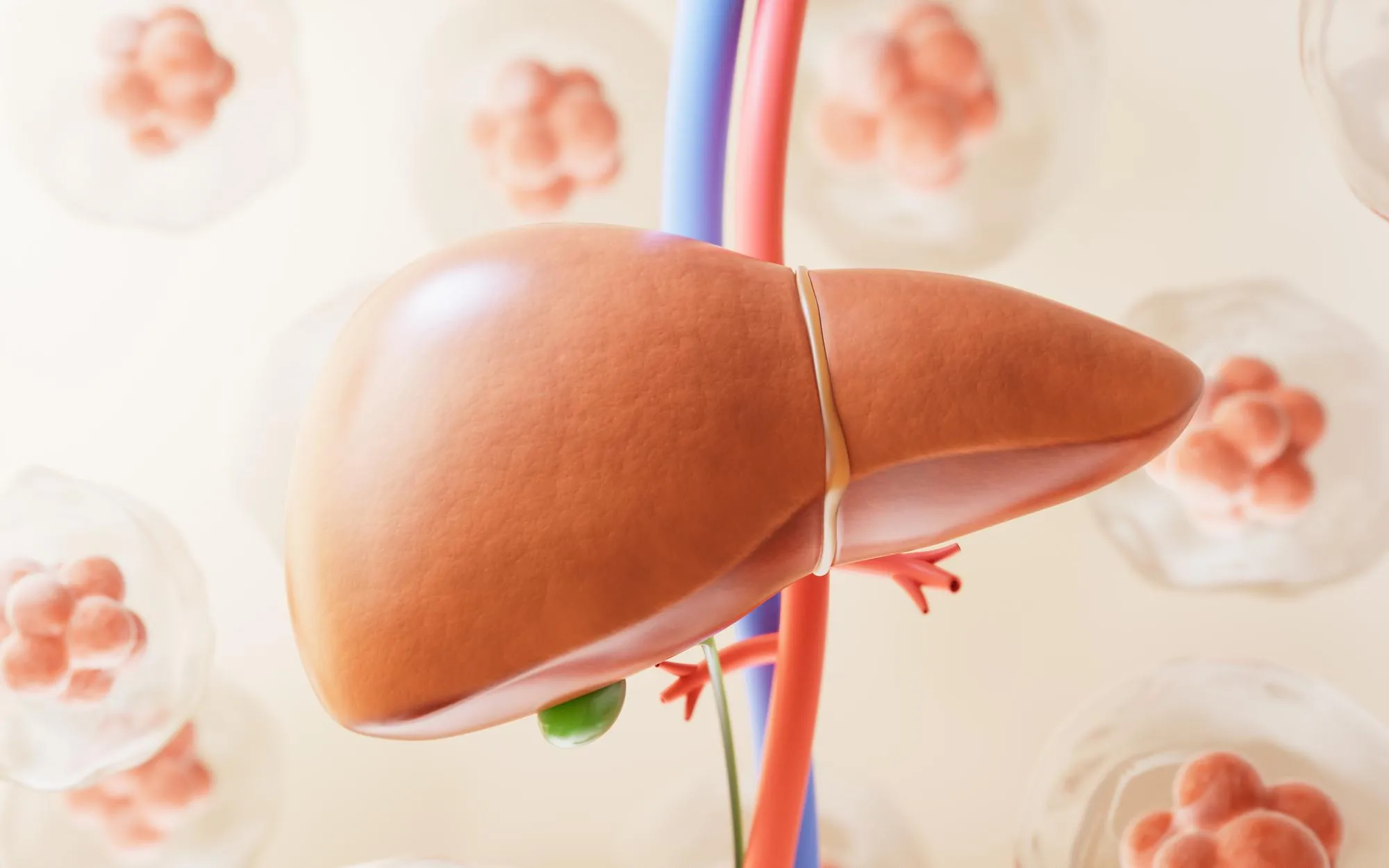Long-term survival following surgery for perihilar cholangiocarcinoma (PHC), a rare and aggressive form of liver cancer, remains a critical challenge in the medical field. A study published in The Turkish journal of gastroenterology has shed light on the influence of various factors on surgical outcomes and long-term survival of PHC patients. This retrospective examination of 322 patients who underwent surgery for PHC reveals the impact of UICC (Union for International Cancer Control) staging and specific surgical procedures on patient survival. With a long-term survival rate of over 43% for those surviving more than five years post-surgery, and a remarkable 14.5% surviving over ten years, the findings point toward promising developments in the treatment of this challenging cancer.
Long-term Survival after Resection for Perihilar Cholangiocarcinoma: A Deep Dive into Surgical Advances and Outcomes
Perihilar cholangiocarcinoma, commonly known as Klatskin tumor, is a malignancy arising from the bile ducts’ confluence in the liver hilum. Given its intricate location and aggressive nature, achieving long-term patient survival after resection has been a high-stakes puzzle that physicians and surgeons have been striving to solve. With new insights from a study by Juntermanns et al. published in The Turkish journal of gastroenterology, we are now gaining a clearer understanding of which factors significantly influence survival outcomes in patients with PHC.
Study Methodology and Patient Cohort
A total of 322 patients with diagnosed perihilar cholangiocarcinoma underwent surgical treatment at the University Hospital Essen, with a follow-up ending in 2017. The survival categorization after the surgical intervention was divided into three groups: survival between two and three years, three and five years, and above five years. The difference in survival rates within these groups furnished a valuable perspective on the effectiveness of different surgical approaches and staging considerations.
Key Findings: UICC Staging and Surgical Procedures
The study’s compelling findings lead to several critical discussions regarding the treatment of PHC. Most notably, it was found that patients with non-regional lymph node-positive tumors, distant metastasis (UICC stage IVb), R2 resection status, or those who only underwent exploratory laparotomy displayed considerably poorer survival rates. Additionally, perineural invasion, which was previously considered a negative prognostic marker for survival, did not display a significant correlation with overall survival in this study, even though the lowest prevalence of perineural infiltration (29.0%) was noted in patients who survived for more than five years.
However, the research highlights two aspects that markedly relate to enhanced survival: the type of resection and the UICC stage of the disease at the time of the surgery. The Bismuth-Corlette staging system and caudate lobectomy demonstrated a particularly strong association with improved disease-specific survival.
Caudate Lobe Resection and Bismuth-Corlette Stage IIIa
An intriguing aspect of the study is the beneficial impact of caudate lobe resection, especially within the context of Bismuth-Corlette stage IIIa patients. The surgical procedure, which involves the removal of the liver’s caudate lobe, better equips the medical team to achieve complete resection. The data indicate that by including the caudate lobe in the surgical management of PHC, the long-term survival rates for patients could significantly improve.
Implications for Surgical Practices and Future Research
The study by Juntermanns et al. provides valuable insights into the aggressive surgical management of PHC. It emphasizes the potential benefits of an extensive surgical approach, integrating complete tumor resection including the caudate lobe, to achieve long-term survival. While these findings are highly significant, the study also notes the need for validation through larger cohorts and suggests that the role of perineural infiltration as a prognostic marker should be further evaluated.
Conclusion
Juntermanns and colleagues’ research marks a considerable milestone in our quest to improve outcomes for patients with perihilar cholangiocarcinoma. The analysis points out the critical link between the UICC stage at diagnosis, the meticulousness of the surgical procedure, particularly the inclusion of caudate lobe resection, and the ultimate survival of individuals battling this disease. Moving forward, these insights call for a focused and continuous evolution of surgical strategies tailored to maximize the chances of curative resection and therefore impact the survival trajectory of those afflicted.
References
1. Juntermanns, B., Kaiser, G. M., Reis, H., Gries, S., Kasper, S., Paul, A., Canbay, A., & Fingas, C. D. (2019). Long-term Survival after resection for perihilar cholangiocarcinoma: Impact of UICC staging and surgical procedure. The Turkish journal of gastroenterology, 30(5), 454-460. doi: 10.5152/tjg.2019.18275
2. Ratti, F., Cipriani, F., Ferla, F., Catena, M., Paganelli, M., & Aldrighetti, L. A. (2013). Hilar cholangiocarcinoma: preoperative liver optimization with multidisciplinary approach. World J Surg, 37, 1388-96. doi: 10.1007/s00268-013-1980-2.
3. DeOliveira, M. L., Cunningham, S. C., Cameron, J. L., et al. (2007). Cholangiocarcinoma: thirty-one-year experience with 564 patients at a single institution. Ann Surg, 245, 755-62. doi: 10.1097/01.sla.0000251366.62632.d3.
4. Ito, F., Cho, C. S., Rikkers, L. F., & Weber, S. M. (2009). Hilar cholangiocarcinoma: current management. Ann Surg, 250, 210-8. doi: 10.1097/SLA.0b013e3181afe0ab.
5. Li, J., Kuehl, H., Grabellus, F., et al. (2008). Preoperative assessment of hilar cholangiocarcinoma by dual-modality PET/CT. J Surg Oncol, 98, 438-43. doi: 10.1002/jso.21136.
Keywords
1. Perihilar Cholangiocarcinoma Survival
2. UICC Staging Biliary Cancer
3. Caudate Lobe Resection Liver
4. Resection Perihilar Bile Duct Neoplasm
5. Long-Term Outcomes in Klatskin Tumor
